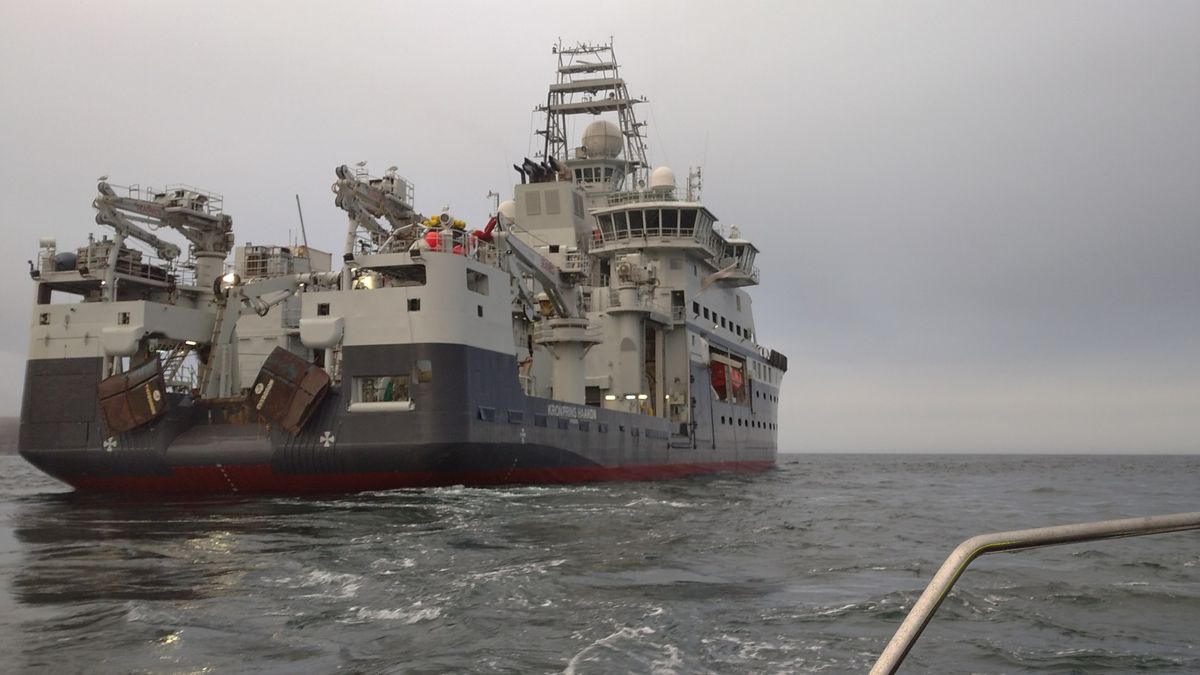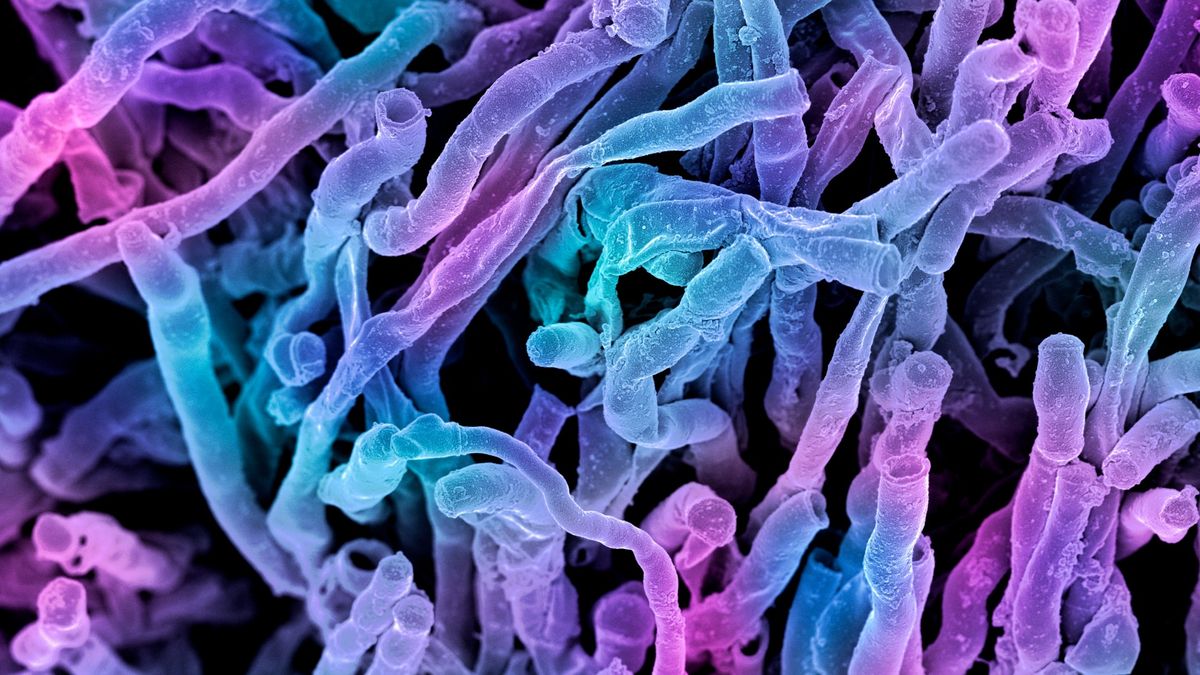The frigid waters of the Arctic may harbor the secret to a totally new type of antibiotic, new research suggests.
Scientists have discovered that substances made by Arctic Ocean microbes called actinobacteria can stop harmful bacteria from growing and prevent them from causing disease.
Around 70% of existing antibiotics were discovered in actinobacteria, most of whom live in soil on land. However, bacteria are becoming increasingly resistant to existing antibiotics, meaning that new drugs are urgently needed.
So, researchers looked to sea-dwelling actinobacteria for new antibiotics. The sea-dwelling microbes are thought to produce a more chemically diverse array of compounds than their land-dwelling counterparts make. This is because of the selective pressure created by the extreme fluctuations in pressure, temperature, salt concentrations and light levels that occur in marine environments.
Related: For C. diff, antibiotic resistance comes at a cost
In the new study, scientists analyzed hundreds of unknown compounds that had been extracted from actinobacteria living inside invertebrates. The samples were collected during an expedition to the Arctic Ocean in 2020. Specifically, they tested how the compounds affected a pathogenic type of E. coli called enteropathogenic E. coli (EPEC). These bacteria infect intestinal cells and cause severe diarrhea, particularly in children.
Next, scientists looked at whether compounds produced by four species of actinobacteria could stop EPEC bacteria from infecting lab-grown cells. They found that two compounds had particularly strong antibacterial properties: one from a strain of actinobacteria from the Rhodococcus genus and another from a strain belonging to the Kocuria genus. They described their findings in a paper published Friday (Aug. 30) in the journal Frontiers in Microbiology.

The compounds stopped EPEC bacteria from attaching to the cell surface and injecting substances that allow the microbes to hijack their molecular machinery and cause disease, the team found.
However, while the Kocuria bacteria produced compounds that slowed the growth of EPEC bacteria, the compound from Rhodococcus bacteria didn’t. If the bacteria are alive, but harmless to a host, there is less selection pressure for them to develop resistance to the compound. As such, the Rhodococcus compound could be a more promising candidate for a new antibiotic, the team said in a statement.
A lot more work must be done before either of these compounds could be brought to market.
“We have so far only done in vitro [lab] studies, so we are still very far from knowing if the compounds have any actual significance in terms of clinical use,” Päivi Tammela, study co-author and a professor of pharmaceutical biology at the University of Helsinki in Finland, told Live Science.
For instance, a big hurdle to overcome is figuring out how to produce larger amounts of these compounds that would allow scientists to study their structures and biological activity in more detail, Tammela said.
Nonetheless, the team has high hopes for the future of this research, with Tammela stating that it is “absolutely” possible that many more of these compounds are waiting to be discovered in the depths.
Ever wonder why some people build muscle more easily than others or why freckles come out in the sun? Send us your questions about how the human body works to community@livescience.com with the subject line “Health Desk Q,” and you may see your question answered on the website!

